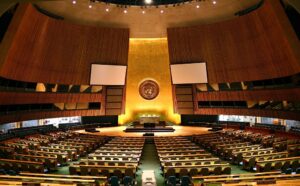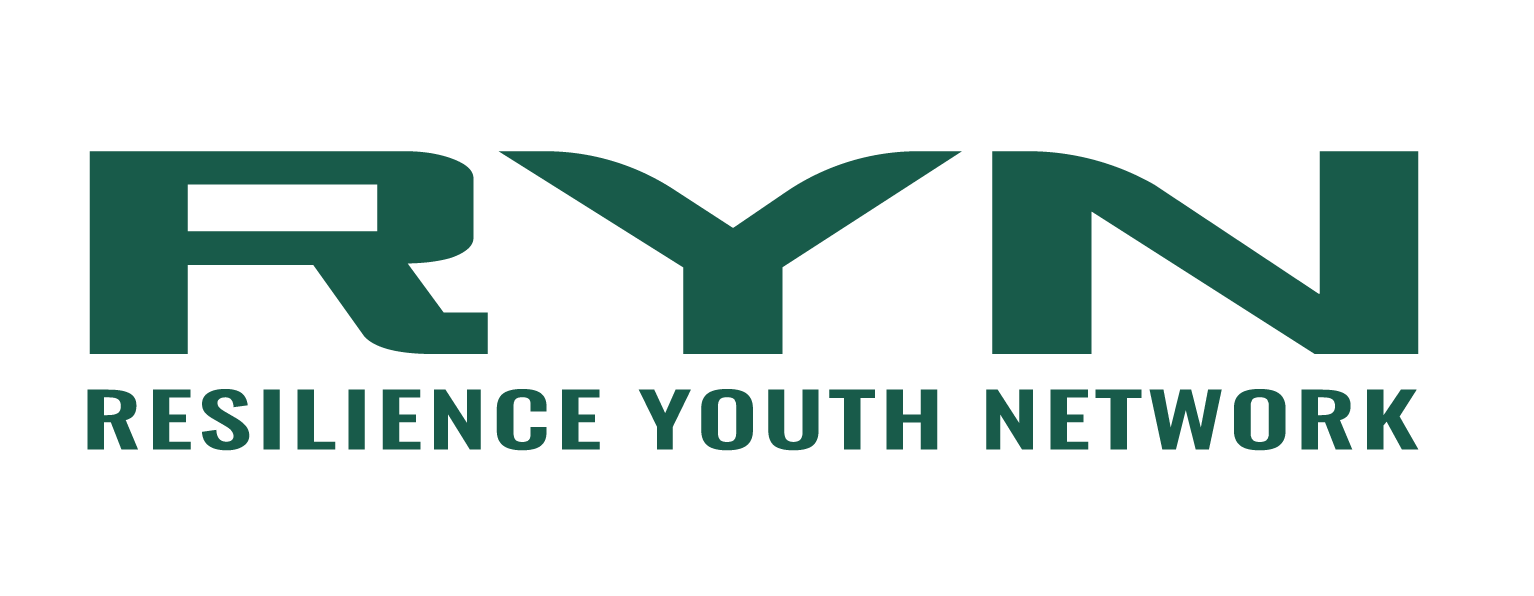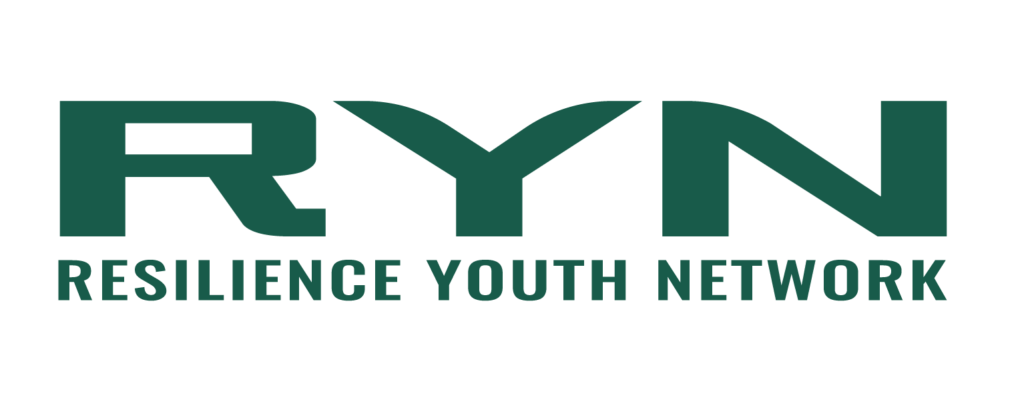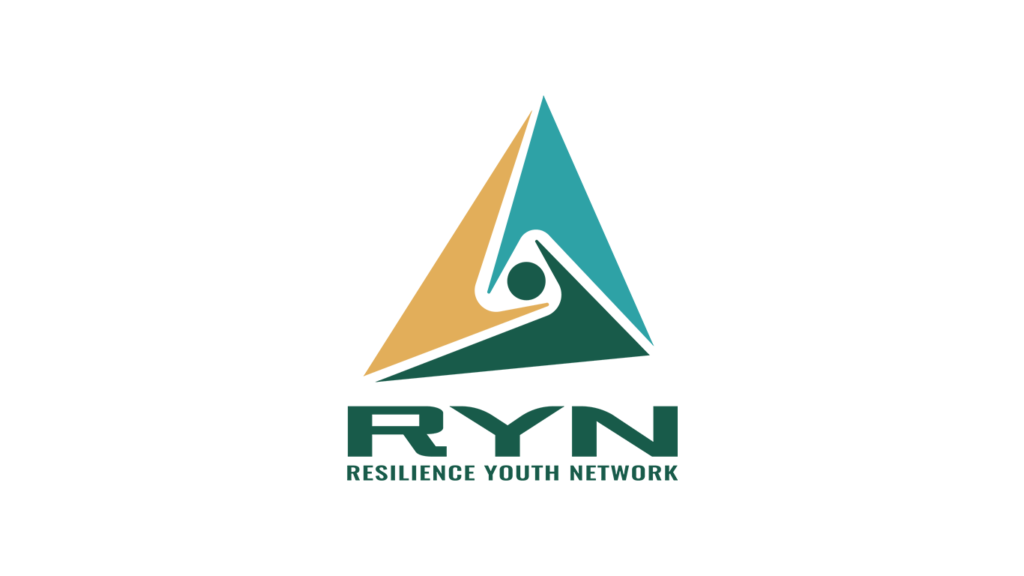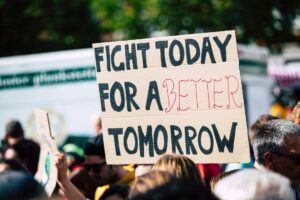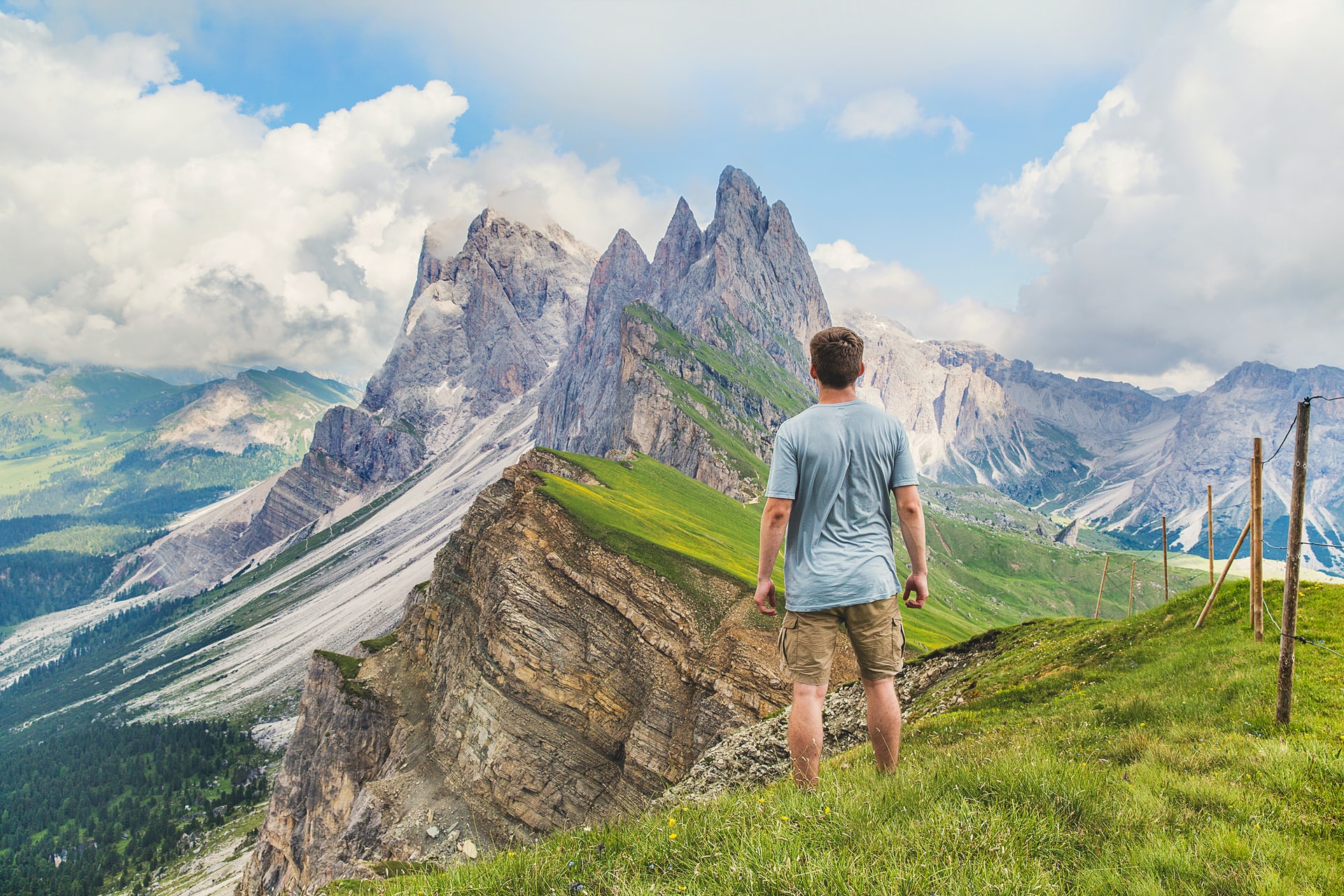Indigenous lands contain eighty percent of the planet’s biodiversity, which is not just a coincidence. For millennia, Indigenous communities worldwide have acquired and passed on diverse knowledge systems of the natural world, historical and contemporary, gathered and developed through observation, experience, and tradition. Traditional Ecological Knowledge (TEK), also known as Indigenous Knowledge or Native Science, is this accumulated body of knowledge about the relationship of living beings (human and non-human) with one another and the environment. And it’s this experience and expertise that is critically needed in a time of rapid climate change and calls for adaptation strategies. As Dominique M. David-Chavez, a research scientist and descendant of the Caribbean Arawak Taíno, explains: “It’s important to recognize that our communities have been adapting to climate for a long time—that we have sciences and technologies that reflect that, and that it’s so important that we value them, and continue learning about them and passing them down to this next generation.”
There are quite a few challenges to bringing Indigenous voices into the climate resilience planning conversation. The first is resource limitations when tribes try to make climate plans and implement programs; often, they do not have sufficient funding or may not be competitive for larger-scale grants. Smaller tribes may also need more support and collaboration that they don’t have access to. More problematically, scientists have often consulted tribal communities, then left to carry out their research without returning, i.e., an “extractive model” where there is minimal participation or decision-making authority from the Indigenous communities who provide the information. A 2018 study by Dominique M. David-Chavez, at the Native Nations Institute at the University of Arizona, found that 87 percent of climate studies used this extractive model. Moreover, many studies did not directly serve Indigenous communities, follow ethical guidelines for research practice, or even provide access to the findings.
This can naturally lead to distrust and hesitation over sharing Indigenous knowledge. The USEPA has its policy recommendations for partnering with Indigenous communities, but none of them explicitly protect tribal knowledge, and once the information is shared, it is challenging to keep it confidential. But despite the risk, many indigenous advocates share more wisdom with environmental groups to understand its importance related to the climate crisis. Some of the many examples include protecting habitats for valuable salmon species, sustainable clam gardens, removal of invasive plant species, and planting trees that are more resistant to warming-related diseases. And the list goes on.
One of the most commonly given examples is Indigenous views and practices surrounding fire. In today’s society, fire is constantly presented as a disaster, something to prevent and avoid at all costs. But for over 10,000 years, the Karuk tribe has lived with the reality of constant natural fires, and they understand it as a necessary part of ecological-scale management. They used it to manage the land actively, lighting their low-intensity, controllable fires that not only reduced the buildup of flammable fuels but also fostered healthy habitats. These burns helped restore and maintain grasslands, promote the growth of acorn trees, and shade the Klamath River in the summer. When Euro-American settlers first arrived in California, they were amazed by the rich biodiversity of California’s forests, woodlands, and prairies. Still, they did not understand that it was only achieved through the use of fire management. Instead, they sought to suppress fires entirely and, in doing so, paved the road to the catastrophic wildfires that have raged through the West in recent years. More than that, their prohibition of Karuk fire management practice became a form of colonial ecological violence, as it transformed their forests “from food pantries to food deserts” and essentially blocked Indigenous people from their traditional foods, leading to food insecurity, and dependency on unfamiliar, sometimes necessarily external, sources of food. Now, as the threat of uncontrollable wildfires grows stronger, people are finally turning back to the Karuk tribe with urgency for their expertise. In 2019, the Karuk Climate Adaptation Plan was released, which outlines climate adaptation strategies that utilize a combination of western science and Karuk traditional ecological knowledge, with a clear focus on fire management and a call to restore human responsibilities within the environment.
In addition to consulting Native experts on climate resiliency, it can be even more effective to protect (and restore) their land rights, particularly in forests. While the media tends to focus on the latest technological solutions, forest ecosystems have been quietly sequestering and storing large quantities of carbon from the atmosphere for millions of years, naturally regulating our climate. In Canada’s boreal forest, for example, which holds approximately 12 percent of the earth’s carbon stores and removes the carbon dioxide equivalent of 24 million vehicles annually, Indigenous peoples have been the best caretakers and advocates for these habitats. Similarly, in Brazil, Indigenous community forests had less than 1% deforestation between 2000 and 2012, while outside areas saw around 7% deforestation and had 27 times more carbon emissions. The same study also showed that Indigenous peoples could effectively implement forest recovery initiatives that continue to improve the carbon storage capacity of these forests. Recognizing Indigenous rights to govern their land is not only a human rights necessity and a way to safeguard their way of life; it is also a critically effective climate resilience strategy.
But it’s not just about fishery rehabilitation, controlled burns, and protecting forests. Turning to Indigenous knowledge for climate solutions requires more than a shift in our behavior; it requires changing our perspective of how humans fit into the natural world. Western scientists and engineers have long focused on ways to control nature, rooted in our society’s view of humans as separate and above it. We cannot adequately protect something we don’t even see ourselves as a part of. The arrogance that led to things like dams, fire suppression, and deforestation – the demand for nature to do and give us what we want without consequence – is what has caused and worsened today’s problems. These problems, then, cannot be solved by continuing to force nature to do our bidding. Climate resilience, as shown through tribal practices, is about helping and, somewhat less, allowing nature to repair and heal itself. While Western science can help complement Indigenous Knowledge in developing and implementing solutions, the direction must be restoring the natural order, not creating a new one.
This idea needs to be understood to approach climate resilience properly, and it may be the hardest to learn because it means that humans are not the cure-all, despite how we may want to be. Climate change solutions are not all about manufacturing complicated technologies that will create more problems. It means we’ll not forcefully design our way out of it.
Instead, we now need the humility to step back and allow Indigenous people to lead with what they’ve known for millennia: that it is about having respect, gratitude, reciprocity, and a sense of being part of the living environment. All the rest naturally follows.
